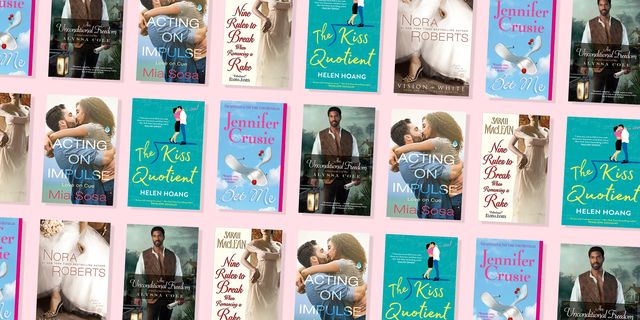Writing historical romance is a delicate dance between storytelling and historical accuracy. Transporting readers to another era requires meticulous research to ensure authenticity and immersion. In this article, we'll explore essential research tips to guide historical romance writers in creating vivid and believable settings that enhance their love stories.
1. Immerse Yourself in the Time Period:
Begin by immersing yourself in the historical context of your chosen era. Read novels, diaries, and historical accounts from that time. Familiarize yourself with the language, customs, and societal norms to capture the nuances of daily life.
2. Visit Historical Locations:
If possible, visit locations that represent the setting of your historical romance. Walk the streets, explore museums, and absorb the ambiance. This first-hand experience can provide invaluable details that may not be captured in books or online resources.
3. Utilize Primary Sources:
Dive into primary sources such as letters, newspapers, and documents from the period. These authentic materials offer insights into the language, fashion, and social issues of the time, allowing you to infuse your narrative with accurate and nuanced details.
4. Build a Reference Library:
Create a reference library with books, documentaries, and academic papers related to your chosen time period. This library will serve as a go-to resource for fact-checking, inspiration, and gaining a deeper understanding of the historical context.
5. Explore Digital Archives:
Leverage digital archives and databases to access a wealth of historical information. Online repositories often house images, maps, and documents that can enhance your research. Websites like Project Gutenberg and Google Books offer access to historical texts.
6. Connect with Historians and Experts:
Reach out to historians, scholars, and experts in the field. Their expertise can provide valuable insights and answer specific questions about the historical era you're exploring. Establishing connections can also open doors to further resources and recommendations.
7. Attend Historical Reenactments:
Immerse yourself in the sights and sounds of the past by attending historical reenactments or living history events. These experiences can offer a tangible sense of the era, from clothing and architecture to daily activities and social interactions.
8. Join Historical Forums and Communities:
Connect with fellow romance novel writers by engaging in online forums and communities dedicated to historical enthusiasts. These platforms serve as treasure troves of shared knowledge, personal experiences, and recommended resources. Actively participate in discussions to gain valuable insights, share your passion for historical romance, and build connections within the vibrant community of writers and enthusiasts.
9. Pay Attention to Details:
Details matter in historical romance. Pay attention to the small, everyday details that can bring your narrative to life. From the way people dressed to the mannerisms and colloquialisms they used, these details contribute to the authenticity of your storytelling.
10. Stay Open to Serendipity:
Sometimes, the most valuable details emerge unexpectedly. Stay open to serendipitous discoveries during your research. A chance find in a dusty archive or a lesser-known historical fact can add layers of richness to your storytelling.
conclusion
In conclusion, the key to crafting a compelling historical romance lies in the authenticity of your portrayal of the past. By immersing yourself in thorough research, you not only bring historical accuracy to your writing but also create a captivating experience for readers eager to journey back in time through your romantic narrative.





Comments